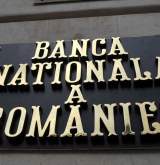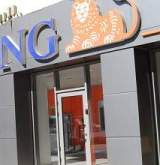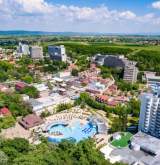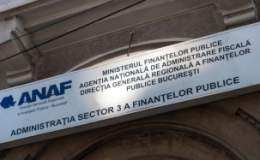Europe�s second largest consumer market
One of the most important advantages of the Romanian industrial and warehouses market is that Romania is the second largest consumer market in Europe, “which stimulates the commodity volumes sold in the country and the necessary storage space for their distribution accordingly”, said Sfetcu.
Irina Iliescu Consultant at King Sturge Industrial shares the same view. “There is still a strong need in industrial space supply mainly for newly-entered companies that achieved only 20-30% of their capacity. These companies will move further with their expansion and will need logistics and distribution facilities”, King Sturge consultant said.
The real estate company King Sturge is currently handling the designing and construction of a new logistic facility developed by the Australian fund Valad Property Group in the A1 Business Park industrial campus. The project will have total area of 9,000 sqm and represents a total investment of €1.75 million.
Land prices and construction costs
“Prices of land for industrial developments range between €25 and €40/sqm. There are also more expensive sites that have access to utilities. In 2008, however, the cheapest site on sale was varying between €35 and €60/sqm”, said Viorel Opait (photo) Head of Industrial at Colliers.
To the low land price is added the warehouse building cost, that fell over the past two years, on declining construction materials costs, said Irina Iliescu with King Sturge. “These two aspects will reflect in the average asking rents for logistic spaces built this year. However, the trend will be on-demand construction, stemming from investors’ risk aversion to speculative building”, said Iliescu.
Demand for logistic spaces in key locations
Furthermore, the demand for prime industrial spaces in key locations is growing, said Irina Iliescu (photo), Consultant at King Sturge Industrial. These locations are:
- Turda, due to the completion of Transilvania motorway stretch
- seaports, due to a thickening of the river freight traffic on the Danube, which would improve cost efficiency;
- Craiova and Pitesti and other future key-cities, due to the investments made by Ford and Renault in the area;
- Constanta seaport, due to the new trade relations with the Dutch port in Rotterdam, whose capacity is now limited and requires a shift to Constanta seaport.
“The precarious infrastructure across the country creates the need of distribution companies to create logistic hubs in various locations in the country to serve regional operations. And here, it is taken into account all the time needed to transit Romania to western Europe or to travel long distances between two cities in the country”, said Iliescu.
Labor costs
Additionally, the return of skilled workers from abroad, will also enhance the construction quality and availability and help them gain competitive edge, and subsequently, construction material costs will further drag down prices.
“Another valuable reason is manufacturing, as Romania is racing head to head with its peers in the region to attract large companies from Asia and North America to build new production facilities. These companies think in terms of regions, instead of countries.
Romania, he continued, has the advantage of cheap labor force compared to neighboring companies and has a strategic position in Central and Eastern Europe.
Demand for small logistic spaces
“This trend came as a response to market changes caused by the economic recession, as distribution and logistic companies flock to restrict their operations”, said Irina Iliescu.
The first quarter of the year has seen industrial leases for premises of up to 30,000 sqm, three-fold higher than the same period of last year, according to a recent CB Richard Ellis (CBRE) research. The largest share of the leases, 70%, involved distribution spaces, while manufacturing spaces accounted for a mere 30%.
In Bucharest, industrial rents suffered a 2.35% decline quarter-on-quarter, to €4.15/sqm, and 11.70% from year-ago period.
First-quarter highlights:
Golden Foods pre-let 6,000 sqm storage premises in multi-tenant campus Milennium Logistic Park, Saint-Gobain Construction Products took 3,260 space in Bucharest West, Pet Centar – 1,065 sqm in Mega Center and Schachermayer – 1,700 sqm in distribution center Monsena.
























































![HR [PLAY] Tech Workout - 11...](https://www.wall-street.ro/image_thumbs/thumbs/973/973fe0a3888d417feff63de42e814180-260x260-00-65.jpg?v=1714007815)










